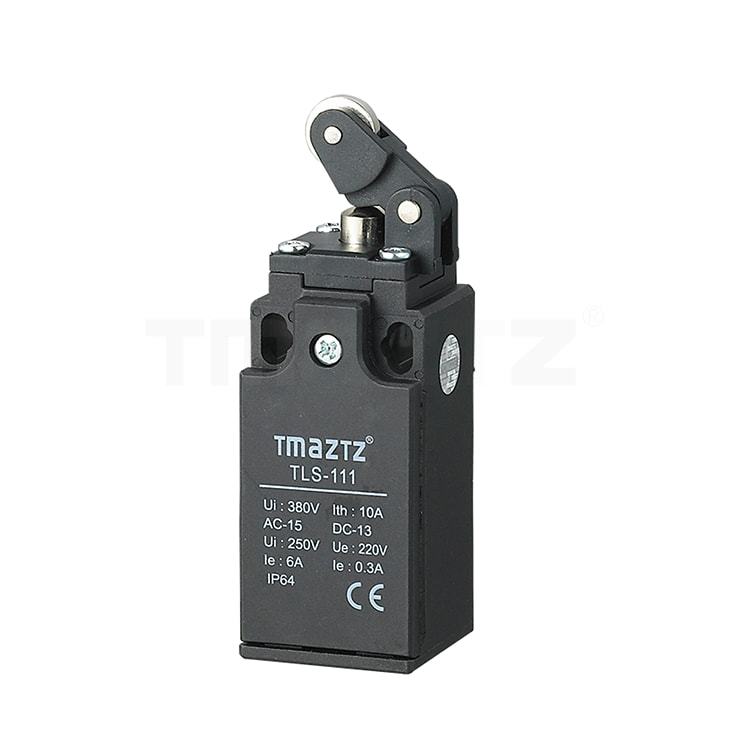Differences Between Limit Switches, Travel Switches, and Proximity Switches
Limit Switch: Can be installed on stationary objects (like fixed frames or door frames) or moving objects (such as cranes or doors). When an object approaches a stationary one, the switch's lever drives the contacts to either open or close. The change in the switch's contact states controls the circuit and the mechanism's action. Limit switches can be further categorized into rotary limit switches and linear limit switches.
Travel Switch: Determines circuit continuity or discontinuity based on an object's displacement. While both travel switches and limit switches are position switches, a travel switch can detect travel and be used as an input signal to control circuit action at a certain distance.
Proximity Switch: Also known as a non-contact travel switch, it serves not only for travel control and limit protection but also as a non-contact detection device for measuring dimensions and speed. It is utilized in applications like frequency counters, frequency pulse generators, liquid level control, and automatic connection in machining programs. Proximity switches have characteristics such as reliable operation, long lifespan, low power consumption, high reset accuracy, high operating frequency, and adaptability to harsh working environments. They possess the unique ability among various switches to "sense" objects approaching them.
Differences Between Proximity Switches and Travel Switches:
Different Functions:
Proximity switches are contactless switches with a longer lifespan, suitable for "passing through signals."
Travel switches, also known as limit switches, detect travel and serve the functions of starting, stopping, and protecting.
Different Triggering Mechanisms:
Travel switches are activated when the dynamic element approaches the stationary one, causing the switch's lever to drive the contacts to either open or close. The change in the switch's contact states controls the circuit and the mechanism's action.
Proximity switches, especially inductive ones, use LC high-frequency oscillators and amplification circuits. When a metal object approaches the oscillating induction head, it induces eddy currents in the object. This interaction causes a decay in the oscillation ability of the proximity switch, changing the internal circuit parameters and identifying the presence or absence of a metal object, subsequently controlling the switch's on or off state.
Different Installation Objects:
Travel switches, also known as limit switches, can be installed on either stationary objects or moving objects.
Proximity switches are installed on a variety of objects and are not limited to those in relative motion.
Additional Knowledge:
Proximity Switch:
A non-contact switch that operates without direct mechanical contact with moving parts. It can drive DC devices or provide control commands to computers (PLC) without mechanical contact or pressure, making it a switch-type sensor with characteristics of travel switches and micro switches. It is available in various types such as inductive, capacitive, Hall-effect, AC, and DC types.
Limit Switch:
Used to limit the extreme positions of mechanical equipment. It can be contact or non-contact type. In contact-type switches, a travel switch is installed on a moving part, and a limit position block is installed on a fixed point in relative motion. When the travel switch's mechanical contact collides with the limit position block, it interrupts (or changes) the control circuit, causing the machine to stop or change its operation. Non-contact types include reed tubes, photoelectric, and inductive switches, commonly found in elevators.
Understanding these differences is crucial for selecting the appropriate switch type for specific applications, ensuring efficient and reliable operation in various scenarios.



